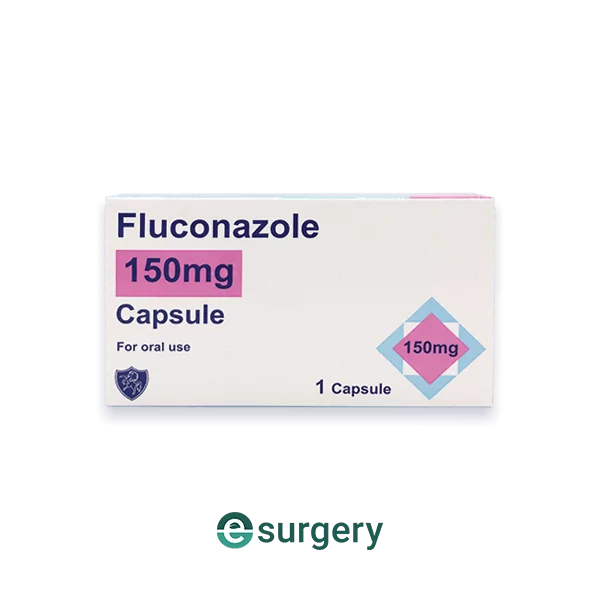
How to Tell the Difference Between Thrush and BV…
The symptoms of thrush and bacterial vaginosis are often confused for one another. This blog post will discuss the difference between thrush and BV, how to tell them apart, what treatments are available, and why it’s important to know which condition you have.
Understanding the Working of Vaginal Microbiome
The vagina has a very unique ecosystem composed of beneficial bacterial and yeast species. This is known as the vaginal microbiome. These organisms coexist harmoniously to maintain homeostasis in this environment. The vagina is typically colonized by some combination of bacteria and yeast. Some of them are normal flora, meaning they’re always present on everyone but can become out of balance due to things such as stress, sexual activity or antibiotic use.
There may also be some non-resident bacteria that show up normally after sex or during menstruation. Regardless of whether these microbes exist as part of your normal flora or come into the vagina periodically, they are usually present in balanced numbers.
The equilibrium of this vaginal microbiota can be disrupted by certain factors that throw off the delicate ecosystem in your vagina. This disruption is known as microbial dysbiosis.

Microbial dysbiosis causes an inflammatory immune response when there are too many bad bacteria relative to good bacteria. It is often resulting from an imbalance in estrogen production, which may make it difficult for women to maintain healthy levels of protective lactobacilli [1].
When this happens, the vaginal microbiota may increase in bad bacteria and yeast relative to good bacteria and can lead to several issues [2]. Two such issues are thrush and bacterial vaginosis (BV).
Both these conditions have similar symptoms, but they require different treatments. If you think you may be suffering from either one of these, it’s important to know the difference between the two so you can get started on treatment as soon as possible.
What is Thrush?
Vaginal thrush is a yeast infection – caused by a type of fungus called Candida albicans. It can cause vaginal discharge, redness and itching of the vagina, pain during intercourse and the passing of stools.
Vaginal thrush is very common in women, especially after having unprotected intercourse or if your immune system has been weakened by something like chemotherapy or diabetes medication [3].
This condition does recur so it’s important to manage it well with treatment like Fluconazole tablets.
Common symptoms include [3]:
- Intense vaginal itching (in some cases, burning) and irritation may make you feel like scratching.
- Discomfort when urinating.
- Thick, white discharge that looks like cottage cheese.
- Redness and soreness of the vulva.
What is BV?
Bacterial vaginosis (BV) is usually contracted from your sexual partners, as bacteria from their genitals can be transferred to yours during sex. However, it can also be caused by poor hygiene – you don’t need to have had unprotected sex for it to develop.
The condition causes a change in your vaginal discharge – which may become thin and watery – along with a fishy smell down below. Some women find the smell of the discharge embarrassing – but there’s no reason to feel ashamed if you’re suffering from BV. It is important to note that the condition is not an STI, but can be triggered by sex [4].
Common causes include:
- An overgrowth of vaginal bacteria
- Sexual intercourse
- Douches and vaginal washes [5]
- Smoking cigarettes [6]

How Can I Tell the Difference Between Thrush and BV
Three points can help you tell the difference between thrush and BV. They include:
- In BV, the vaginal discharge is thin, grey, and white, whereas in thrush the discharge tends to be thick and white like cottage cheese.
- In thrush, the vulva and its surrounding area may become red and inflamed, which will not be the case for BV.
- In BV, you can sense a fishy odour, whereas thrush is odourless.
Can I Have Thrush and BV at the Same Time?
Yes, you can have BV and thrush simultaneously. Consult your GP if you experience any of the symptoms mentioned above.
How is UTI Different From Thrush and BV?
A urinary tract infection occurs when E. coli. bacteria enter the urethra and travel up to the bladder. When this happens, it can cause an uncomfortable burning sensation during urination. Trimethoprim tablets and Nitrofurantoin tablets are antibiotic courses usually prescribed for UTI treatment.
Is There Medication To Help Thrush and BV?
Apart from general women’s health treatment, you can purchase medications for both the subject conditions on a reputed and trusted online pharmacy, such as e-Surgery.
Thrush is caused by an overgrowth of yeast – usually candida albicans – and it’s treated with antifungal medication such as Fluconazole tablets. Antifungal medications work by destroying the yeast cells and may need to be taken until symptoms ease.
Treatment for bacterial vaginosis consists of Metronidazole tablets, either as a single dose or twice daily. The symptoms usually disappear within a week, make sure to take a look at the possible side effects of Metronidazole before starting this treatment.
If you are currently taking any other medications, please consult with your doctor before use. We hope this article has helped you to know the difference between thrush and BV, if you are still uncertain or concerned about the difference between thrush and BV you can always speak to your GP or local walk-in centre.
Source
1. Vaginal microbiome (NCBI)
2. The vaginal microbiome: rethinking health and diseases (NCBI)
3. Yeast Infection vs. Urinary Tract Infection: What’s the Difference? (Healthline)
6. Bacterial vaginosis and smoking (NCBI)
Further Reading
- Bacterial Vaginosis vs. Yeast Infection: Which Is It? (Healthline)
- How is bacterial vaginosis different from a yeast infection? (Medical News Today)
- How To Tell The Difference Between Bacterial Vaginosis & Thrush (Intimina)











